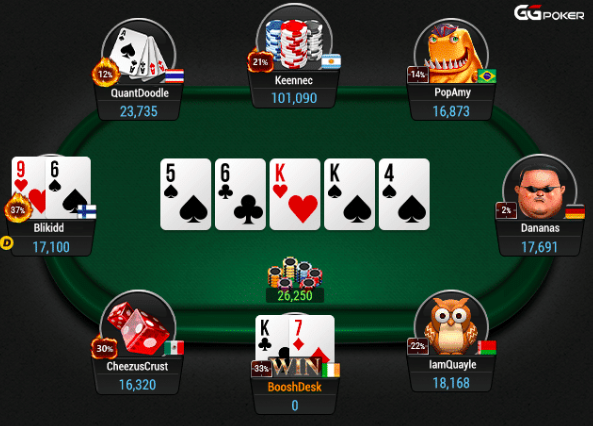Texas Hold'em is arguably the most popular form of poker worldwide, beloved for its strategic complexity yet simple fundamental rules. This quick guide aims to equip you with essential knowledge and strategies, enhancing both your understanding and performance.
Understanding the Basic Rules
Texas Hold'em is played with a standard 52-card deck, typically with 2-10 players at a table. The game revolves around making the best five-card poker hand using any combination of two private ‘hole' cards and five community cards that are dealt face up on the table.
The Flow of the Game
Each round begins with forced bets, known as the ‘blinds,' placed by the two players to the left of the dealer. The game progresses through four stages of dealing: the Preflop, Flop, Turn, and River, with rounds of betting between each stage. Understanding when to bet, call, raise, or fold during these stages is crucial for strategic play.
Hand Rankings
Success in Texas Hold'em depends heavily on recognizing hand rankings. From the high card as the lowest to the royal flush as the highest, knowing these rankings is fundamental. Ensure familiarity with all hand rankings to make informed decisions during gameplay.
Effective Betting Strategies
Betting in Texas Hold'em isn't just about how much you bet, but also when and why. Strategies such as the ‘continuation bet' and the ‘bluff' can be effective tools. Continuation bets maintain the momentum post-flop, while bluffing can compel opponents to fold superior hands.
Mastering Card Reading Skills
Card reading in Texas Hold'em involves predicting the hands of opponents based on betting patterns and visible cards. This skill greatly improves decision-making processes and overall strategic depth. Practice by reviewing past games and observing player behavior closely.
Advanced Tips and Common Pitfalls
Advanced players should focus on elements like table position, pot odds, and opponent range assessment. Be wary of common pitfalls such as overplaying hands or underestimating opponents. Always adapt your strategies based on the specific game dynamics and player behaviors.
Conclusion
While this guide provides a foundation and intermediate strategies for Texas Hold'em, continual learning and experience are key to mastery. Engage regularly in games, seek advanced resources, and learn from each session to refine tactics and decision-making skills.




